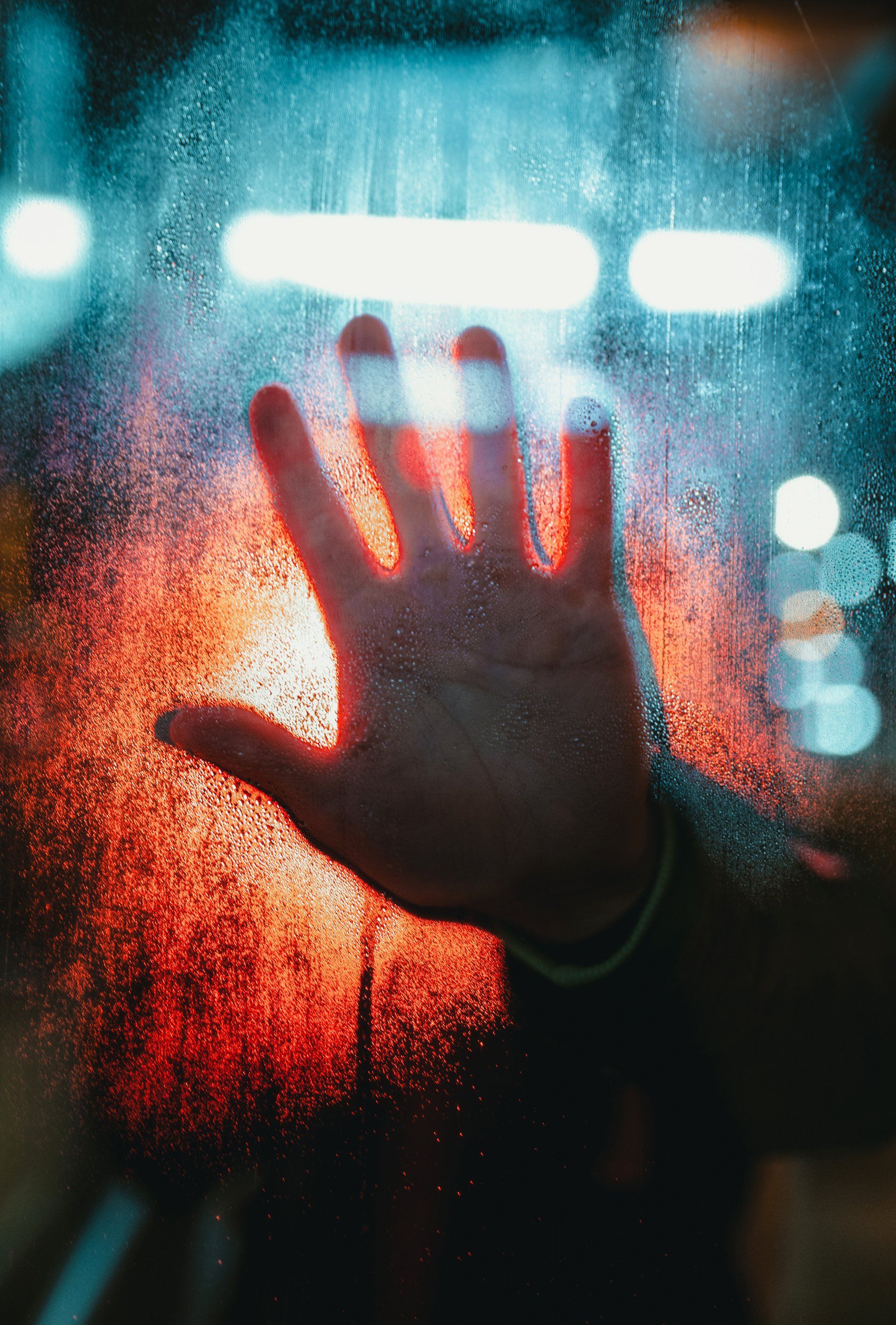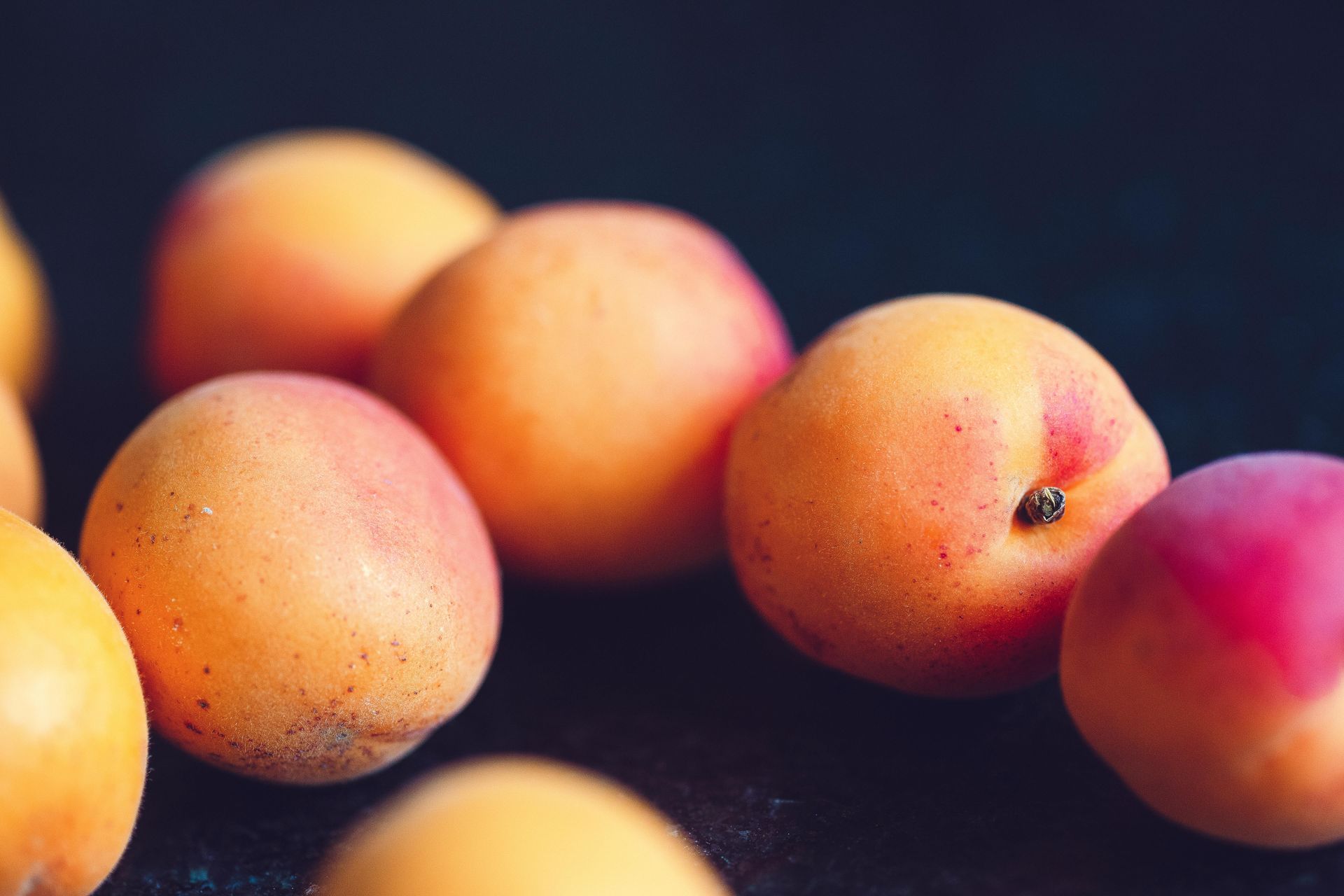Do it for the kids – Kill RSV, flu and covid FAST
“I’ve been in the NHS 22 years. Never have I seen social inequalities impact health so visibly on the ground.” Michael Absoud, Evelina London Children’s Hospital.
UK child health – The good news and the bad news
Do you have a child? If so there’s good news and bad news.
The good news? There’s an exciting new mRNA universal flu vaccine being tested, and it looks like it might protect people against all 20 different influenza A and B strains. The bad news? There’s a ‘perfect storm’ of health issues facing the UK’s children this winter. Let’s take a look at what the scientists are saying. Many thanks to New Scientist magazine for the insight.
When immunity goes down, the risk goes up
Kids in the UK returned to school in 2021. Now we’re entering the first winter in years where people of every age can mix without restrictions. As a result all of us have lower immunity to seasonal flu, whatever our age, compared to pre-pandemic levels.
While covid is usually a mild illness in children, reducing immunity and spending more time indoors in winter means covid is predicted to rise in every age group. At the same time flu and respiratory syncytial virus (RSV) rates are predicted to ‘soar’.
Kids are both the biggest drivers of transmission for both illnesses as well as the worst affected. Mumps and measles vaccination rates are falling in England too, adding yet more risk.
What’s happened so far this year?
Australia’s winter flu season usually gives us an idea of how the flu will behave over here. Before covid they’d see flu cases rising from June onwards. This year it kicked off earlier, probably because of overall lower immunity. So far this autumn Ian Sinha from Alder Hey Children’s Hospital says there have been more children with flu-related chest infections and pneumonia this autumn compared to previous years.
Michael Absoud at Evelina London Children’s Hospital says while RSV is usually mild, it can lead to pneumonia in babies and severe chest infections in children. He’s expecting a big RSV wave and because pre-pandemic immunity has waned thanks to covid restrictions, it could be a problem.
Add mumps and measles to the pot and the NHS could be hit hard this winter. While measles is usually mild it can cause serious complications if it spreads to the lungs or brain. It is also one of the most infectious diseases in the world. Catch it and you’ll pass it on to an average of 15 other people.
What’s the most risky winter illness for kids?
Covid poses a risk to children but the experts are more concerned about flu and RSV at the moment. Scientists are also worried about the impact of the cost of living crisis on children, thanks to damp, cold homes and a poor diet. Exposure to damp and mould leaves kids at a higher risk of developing asthma and fungal infections. Then there’s the financial nightmare many families are facing, which affects children’s mental health. As Elaine Lockhart at the Royal College of Psychiatrists says, “Children are hugely affected by the health and well-being and functioning of the adults in their lives. Parents may be struggling with their own mental health or may be stressed about having to work more hours. It becomes a really vicious cycle.”
Kill pathogens indoors to help protect children
Independent clinical testing proves our lights kill at least 99.9% of a multitude of viruses, bacteria, and fungal pathogens including Norovirus, C. diff, E. coli, Salmonella, MRSA, C. auris, Covid, SARS, MERS, flu, Ebola and more. The clean, powerful UV light they emit gets everywhere, into every nook and cranny, keeping people of every age safe from illness and interrupting the spread of diseases.










